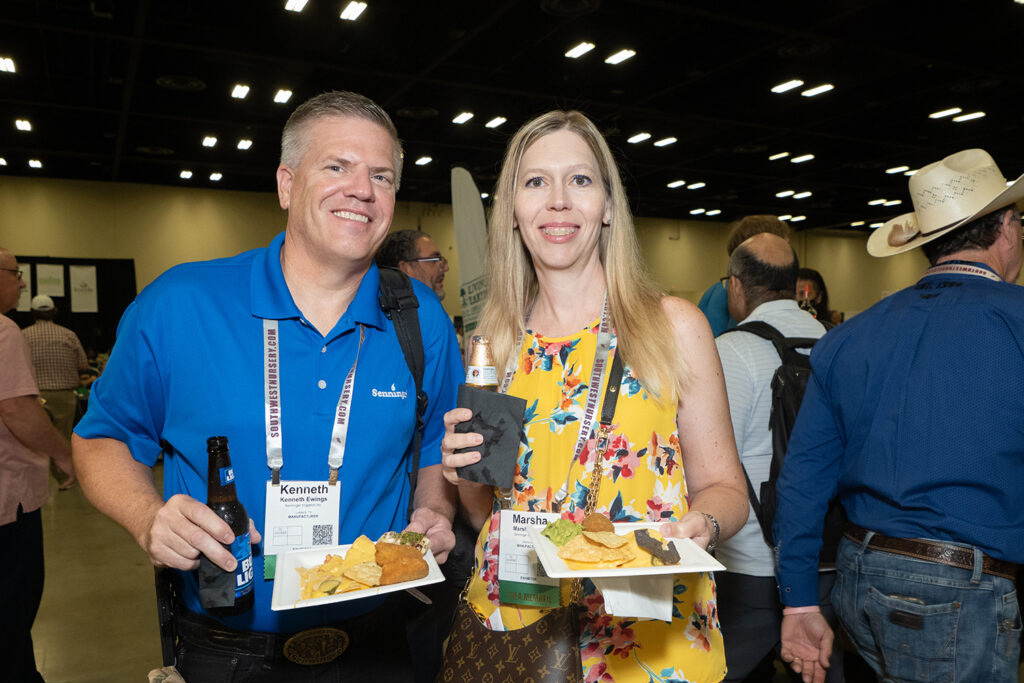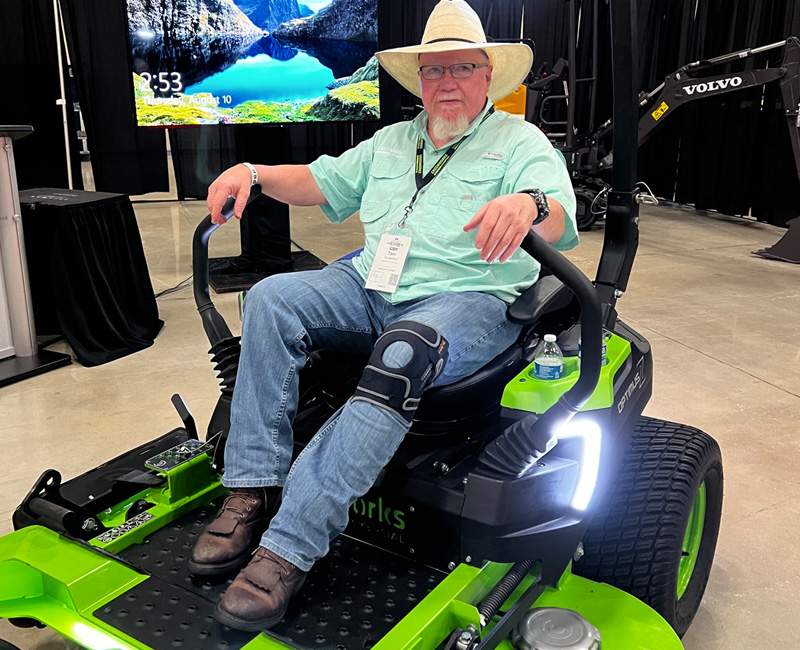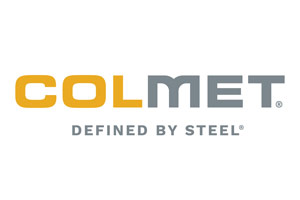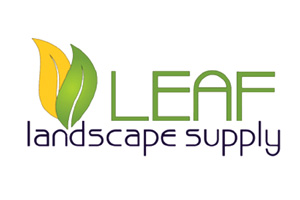
AUGUST 14-16 SAN ANTONIO, TEXAS
HENRY B. GONZALEZ CONVENTION CENTER
Your Journey to EXPO’24
Attending EXPO is an invaluable opportunity for individuals seeking to gain the knowledge necessary to thrive in their respective green industry segment. By participating in EXPO, you not only stay up to date with the latest trends, explore new products, and learn to effectively manage issues, but you also have the chance to connect with the best minds and experts the industry has to offer. In essence, EXPO is where knowledge, innovation, and networking converge, providing an experience for personal and professional growth.
Countdown to EXPO
Day(s)
:
Hour(s)
:
Minute(s)
:
Second(s)
Attendees
Exhibitors

Special Events Galore!
There’s never been a more important time to get involved in the green industry. And there is still only one place to experience it all, EXPO 2024. With over 900 booths to visit and opportunities for education (earning CEUs), join us in continuing to make the Green Industry in Texas, one of the top Green Industry Markets in the country.

Education CEUs & Demos!
Education will include demos alongside our outstanding speakers and sessions! Earn CEU’s! Contact us today if you want to speak/demo, or if you have any other questions!


Experience San Antonio
Located right on the Riverwalk and adjacent to IH-37, the Henry B. González Convention Center is easy to access and is in the middle of historic downtown San Antonio. From here, you can take river cruises, visit the Alamo or stroll hundreds of dining and shopping options. We can’t wait to see you here!
Hotel Reservations & Accommodations
San Antonio Visitor’s Guide
Fodor’s Travel: San Antonio
Industries Attending EXPO
-
LANDSCAPE
Design/Build, Maintenance, Architects, Arborists, Building Contractors
-
GROWER
Greenhouse, Trees, Shrubs, Grasses, Tropicals, etc.
-
RETAIL
Merchandisers, Buyers, Lawn & Garden Centers, Dealers
-
SUPPLIER
Re-Wholesalers, Hardgood Suppliers
-
IRRIGATION
Irrigators including Sub, Drip, Surface, Deficit, Micro
Vickie Pullen TCLP
Landscape Designer, Rustic Ridge Gardens
It is so worth going! Such a great environment to learn and meet peers in the industry. Attending EXPO creates instant excitement to help us grow our business!
Joseph Johnson TMCNP
Gardens Manager, Texas A&M University/AgriLife Extension
EXPO is the single greatest venue that showcases the vibrant and lucrative Green Industry. It offers wonderful and informative education opportunities, all for an amazing cost.
Laura Neff
CEO, The Rice Organization
We heart EXPO! It’s a great way to network and socialize with peers.
Jose Oviedo
Irrigation Superintendent, Pharr Parks & Recreation
Simply put, EXPO is an awesome place to go. We’ve already involved some contractors for EXPO’24.
Mark Blair
So much to see and do. Great range of products, services, and hands-on-learning in the industry.
Marce Ward
CEO, Calloways
EXPO is still the single best horticulture event in Texas relative to sourcing products and making connections for both retail and landscaping businesses.
Dustin LaBat
Owner/Manager, Speckle Belly Farms
EXPO is a must see event! Everything you use, buy, need, or want under one roof.
Warren Whitehead, Forester
Great place to earn CEU’s on topics not covered at other conferences.
Meet Our Premier Sponsors















